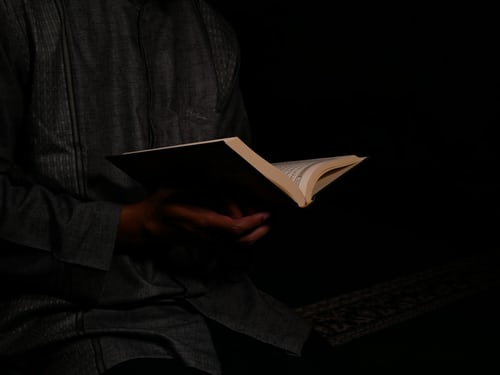Inspiring Older Readers
 posted on 15 Feb 2017
posted on 15 Feb 2017
Man with a Blue Scarf: On Sitting for a Portrait by Lucian Freud by Martin Gayford
For almost two years, from late-2003 to the summer of 2005, the curator, critic and art writer Martin Gayford sat for Lucian Freud – first for a portrait in oils (Man with a Blue Scarf), and then for an etching (Portrait Head). That period – hundreds and hundreds of hours – is what this splendid book is about.
Freud, who died in 2011 aged 88, was recognised as one of the greatest figurative painters of the twentieth century. He and his family fled Berlin in 1933 during Hitler’s rise. Sigmund Freud was his grandfather. The broadcaster, chef and politician Clement Freud was his brother.
When Lucian Freud died it is thought he was worth around £125m. Known as the hermit of Holland Park, he was an obsessive, driven artist who even in his eighties painted sometimes ten hours a day, seven days a week, every day of the year. And yet he ate almost every day at The Wolseley, Mayfair’s exclusive (and needless to say expensive) “European café” and died leaving thirteen confirmed children. Some say he may have fathered many, many more. He also said that family was not at all important to him – painting was everything. He became great by spending his greatest asset – time – with the utmost extravagance, investing untold hundreds of hours in each work he completed. All of his patience, he told Gayford, had been put into his work and left none for his private life. He was, in many respects, an artist from a vanished age, and as such, a fascinating figure for anyone interested in art and in the lives of artists.
Artists of Freud’s calibre – certainly those who are utterly dedicated to figurative painting, to the laying of paint on canvas, virtually to the exclusion of all else – are a vanishing breed. Perhaps his only real living comparison is his contemporary, compatriot and friend, Frank Auerbach, also born in Berlin just nine years after Freud, who also fled Hitler but whose parents stayed behind in Germany and perished in a concentration camp in 1942. From a slightly earlier age one would look to Francis Bacon, of course, Freud’s great friend – and another outsider who became immensely wealthy but shared some of Freud’s almost aristocratic disdain for bourgeois values.
These artists have none of the cultivated, ‘marketised’ celebrity of today’s Emins, Hirsts or Chapmans. They are artists of a different age and in their shabby grandeur and ruthless dedication seem more eighteenth than twentieth century figures.
Their work fascinates me, but I will also admit to a somewhat baser interest in their lives and life styles and I think this is why Gayford’s book is so hugely enjoyable. One gets a real feeling for Freud the man as well as Freud the artist, and find out perhaps far more than the combatively private Freud himself would willingly have revealed about his daily life.
On the surface it is quite light, gossipy and ruminative, but because Gayford is an accomplished writer, curator and art critic, it is also a rich and deeply informed book, shot through with astute intelligence and curiosity, and illuminated with a profound understanding of art history. Freud in this instance was blessed with a sitter who not only shared his peculiar dedication to putting in the hours – no matter how many – but who was also acutely attuned to his purpose and sharply observant of his methods.
This book isn’t perhaps quite as revealing as, say, David Sylvester’s extraordinary interviews with Francis Bacon, but nor is it quite as rehearsed as some of Bacon’s show-stopping utterances undoubtedly were (or became). And in any case it is more of a shared endeavour: we finish Gayford’s book knowing far more about Freud, but also quite a lot more about Gayford. But most importantly, we finish it with a sense that we have been given a privileged glimpse into a still, intense, ferociously disciplined world – the working artist’s studio – which in any other circumstances is invariably hidden from view. And central to this is the experience of being on the receiving end of the raptor-like scrutiny of arguably the greatest portrait painter of the twentieth century. This is the second time I have read Man with a Blue Scarf and it was even better on rereading. The hardback edition is also an elegant and beautifully produced book.
Alun Severn
February 2017